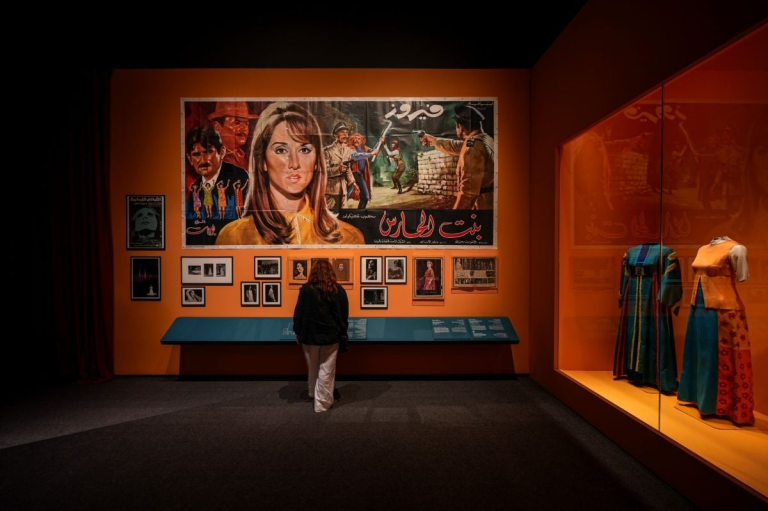After touring Paris, Amsterdam, and Amman, the celebrated exhibition “DIVAS: From Oum Koulthoum to Dalida” has arrived in Beirut. Hosted at the Sursock Museum from October 17, 2025 to January 11, 2026, the multimedia showcase by the Arab World Institute pays tribute to the women who defined Arab music, cinema, and style — from the 1920s to today.
A Journey Through a Century of Arab Stardom
The exhibition unfolds across four eras — the 1920s, 1940s, 1970s, and the contemporary scene — tracing how Arab women used art to shape identity, politics, and gender roles.
Through music, film, and photography, visitors witness how these divas redefined femininity, challenged patriarchal norms, and helped drive the cultural and political transformations of their time.
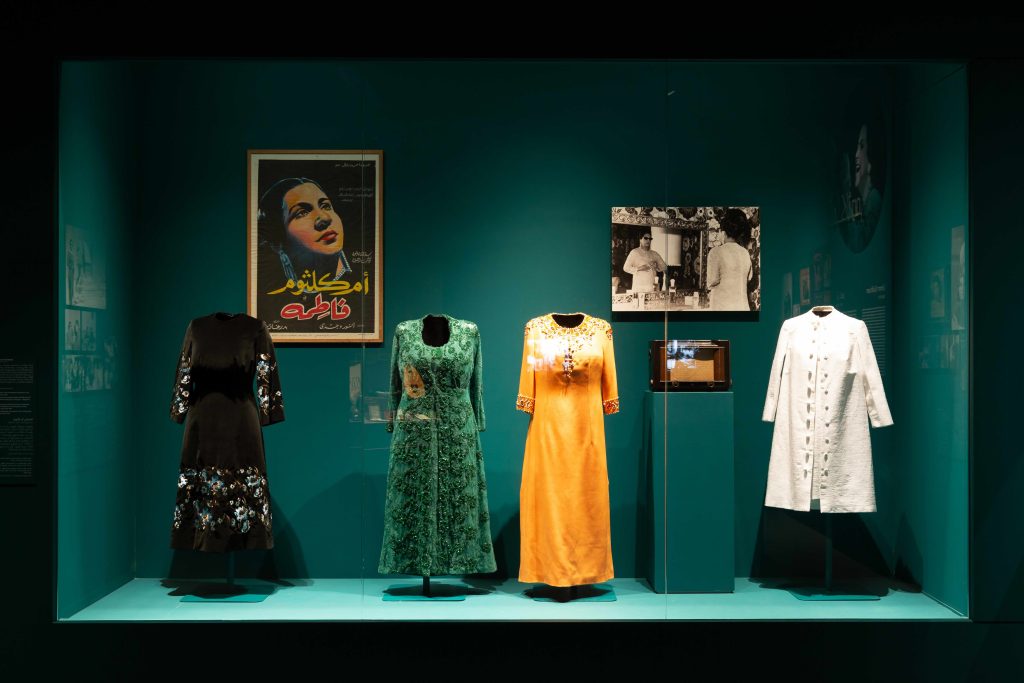
The Legends: Umm Kulthum, Warda, Dalida, and Beyond
Archival photographs, videos, and performance footage bring together a constellation of stars — Oum Koulthoum, Fayrouz, Warda, Asmahan, Laila Mourad, Sabah, Samia Gamal, Taheyya Kariokka, Hind Rostom, and Dalida.
These women weren’t just entertainers; they were cultural leaders whose influence extended far beyond the stage. It was a golden age when voices from the region carried Arab culture across the world.
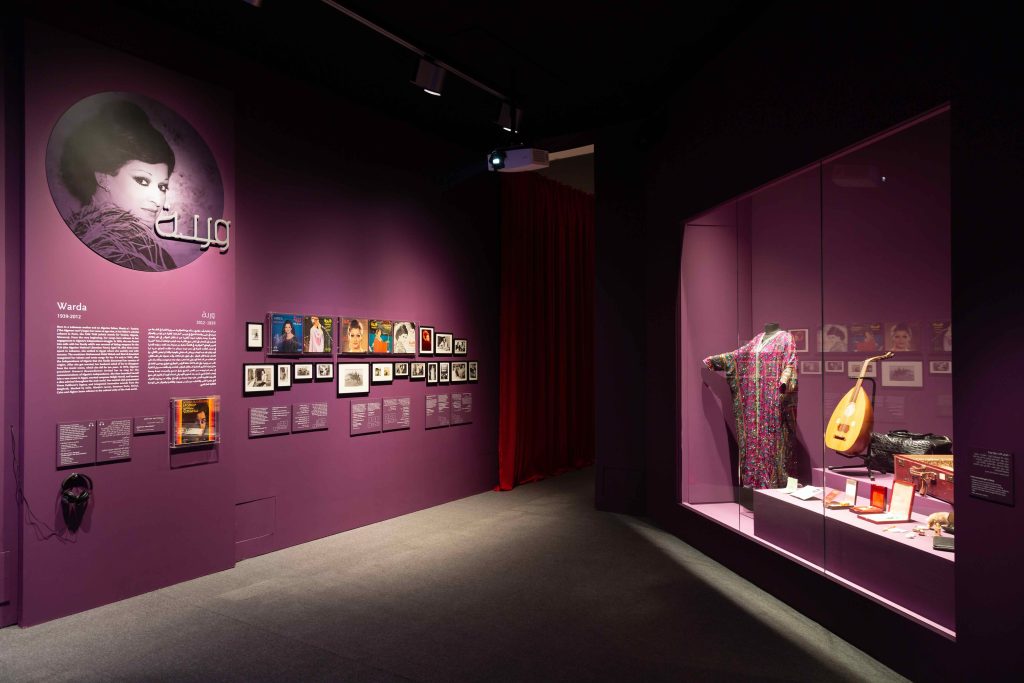
Icons of Change: From Cairo to Beirut and Beyond
Timeless icons, powerful women, and symbols of post-war Arab modernity — these divas were celebrated from Cairo to Beirut, from the Arab World to Paris. Their rise reflected more than stardom; it marked a period of artistic and intellectual vitality that reshaped how women were seen and heard.
Through their work, they championed early forms of feminism, fought for independence, and embodied a sense of cultural unity that transcended borders — a kind of artistic pan-Arabism expressed in song, cinema, and stage.
These women didn’t just perform; they revolutionized the artistic fields they entered, laying the groundwork for how Arab art, identity, and femininity would be understood for generations to come.
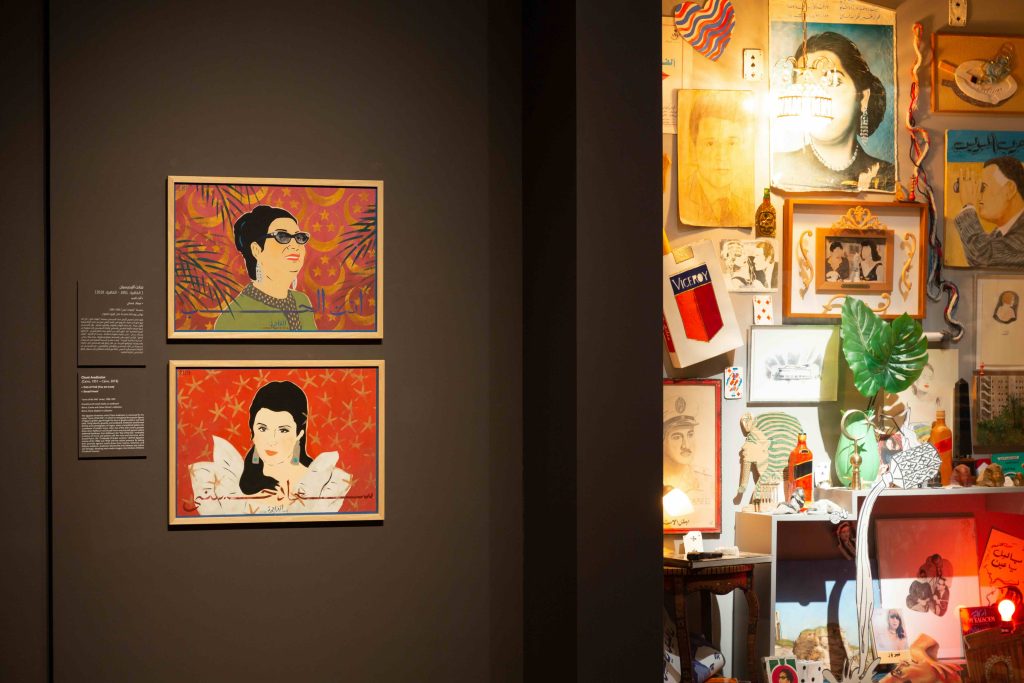
Spotlight on Fayrouz: The Voice of Lebanon
A highlight of the exhibition is the section dedicated to Lebanon’s beloved Fayrouz. On display are her original gowns from the 1973 play Qasidet Hub (A Poem of Love), performed at the Baalbeck International Festival, designed by Lebanese-Armenian couturier Jean-Pierre Delifer.
Visitors can also watch rare footage from her international tours — in Rio de Janeiro (1961) and the U.S. (1972) — revealing a more personal glimpse into the singer who became a symbol of Lebanese identity.
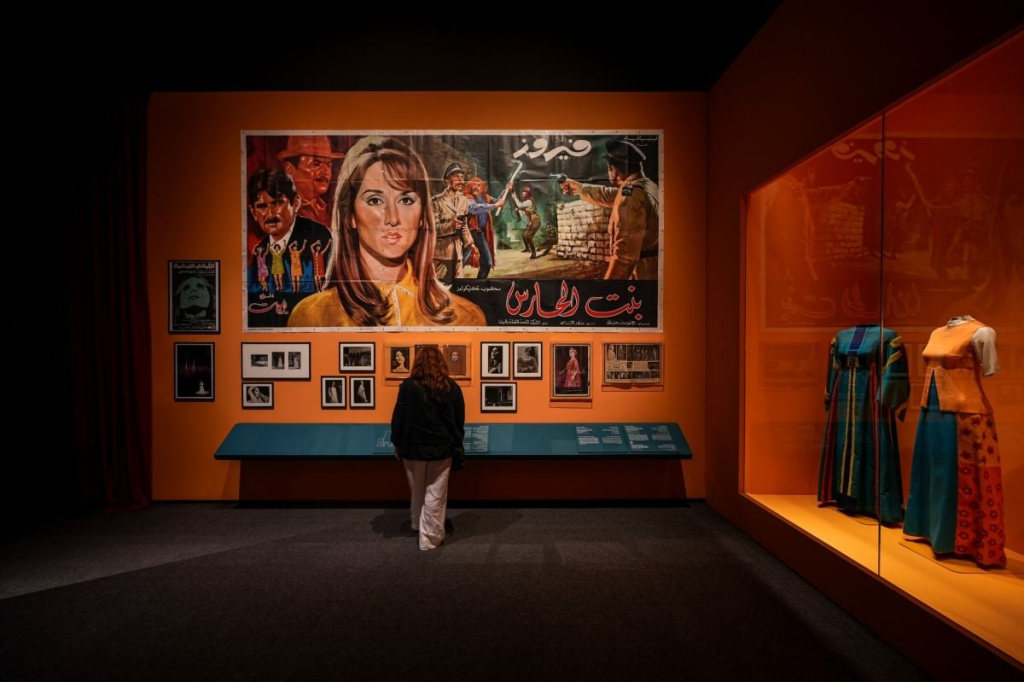
Sabah’s Sparkle: A Tribute to the Eternal Showwoman
Few embodied glamour like Sabah. Known for her fearless energy and golden stage presence, she is celebrated through a vibrant display of costumes by her longtime designer William Khoury, who created more than 400 pieces for her concerts and festivals.
Each gown captures her exuberant spirit — a reminder that for Sabah, performance was not just entertainment, but joy made visible.
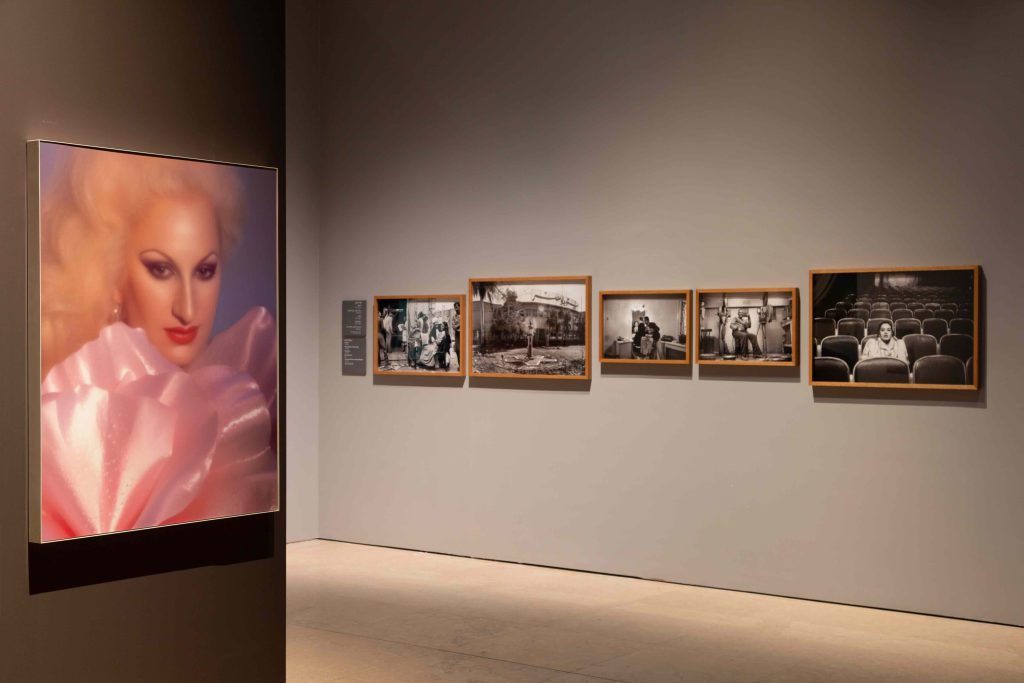
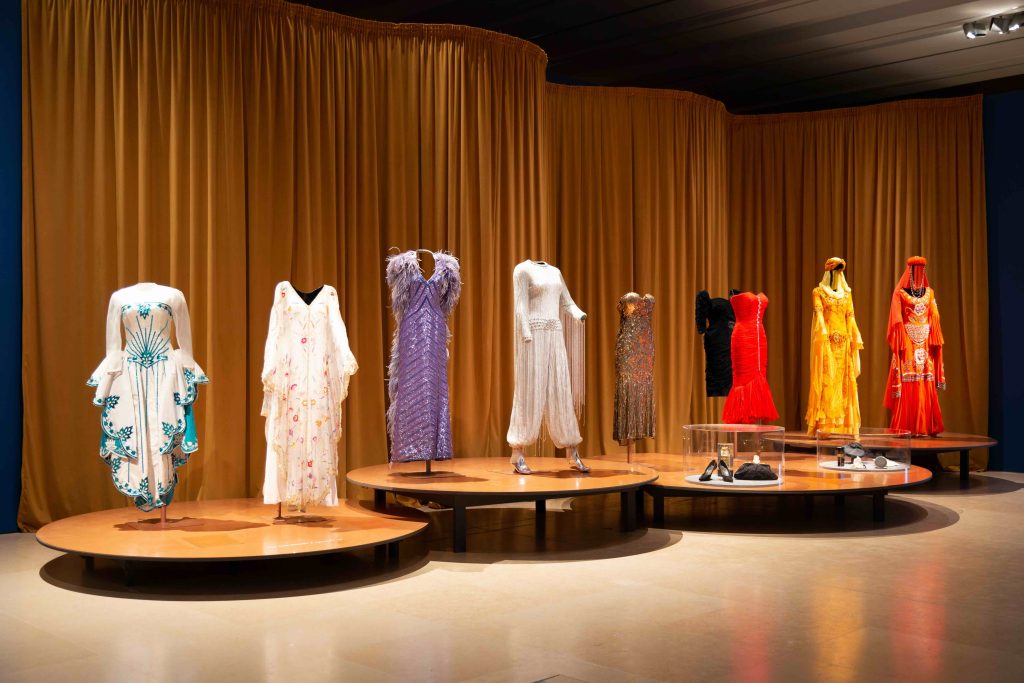
The Three Disappearances of Soad Hosny: Remembering Egypt’s Cinderella
The exhibition also pays homage to the Egyptian screen legend Soad Hosny through a screening of “The Three Disappearances of Soad Hosny” (2011), a poetic documentary exploring her life, fame, and mysterious death.
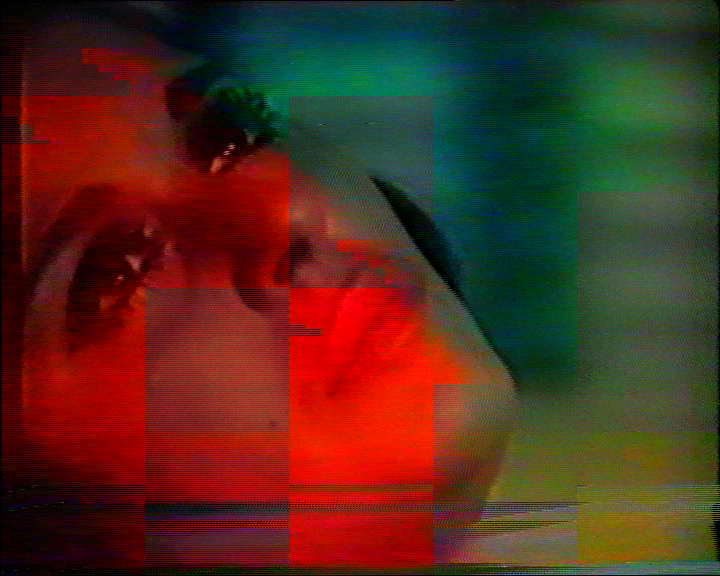
A Living Legacy That Transcends Time
What sets the Beirut edition apart is its rich scenography and archival additions — from restored costumes to rare photographs — which make it both an homage and a rediscovery.
More than nostalgia, “DIVAS: From Oum Koulthoum to Dalida” is a reflection on how these women changed the cultural map of the Arab world. Their music, fashion, and defiance continue to inspire new generations of artists who carry their spirit forward.
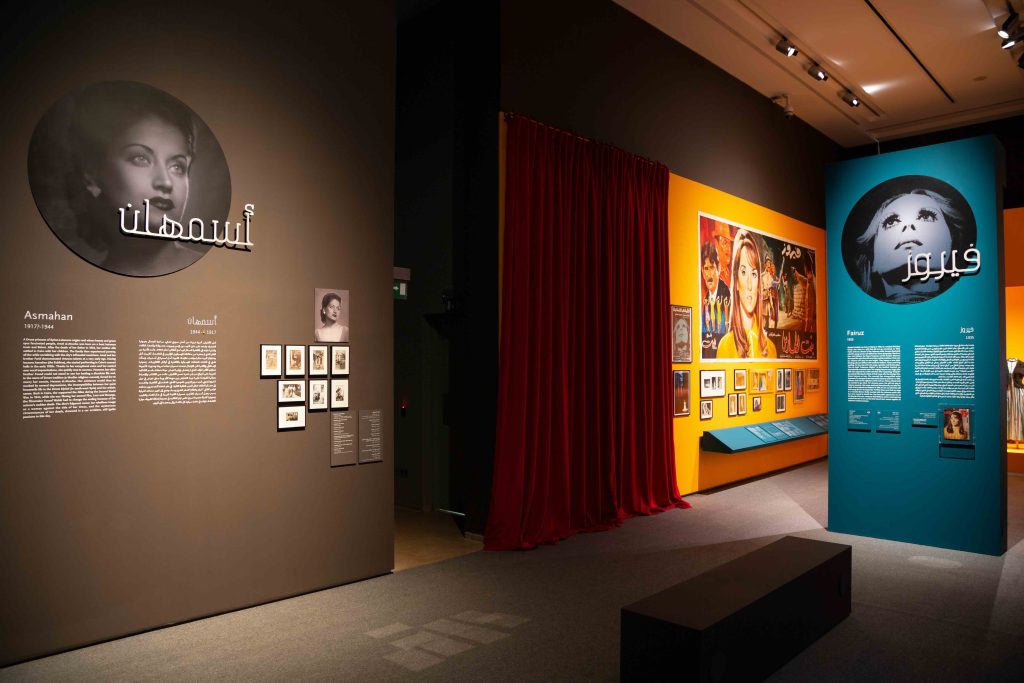
A Final Bow to the Women Who Shaped Arab Art
At the Sursock Museum, “DIVAS: From Oum Koulthoum to Dalida” is not just an exhibition — it’s a standing ovation. Through song, film, and sequins, Beirut once again becomes the stage where Arab women are celebrated not just as stars, but as the voices that built an era.
WE SAID THIS: Don’t Miss…Walking Through The Umm Kulthum Exhibition At Aisha Fahmy Palace


